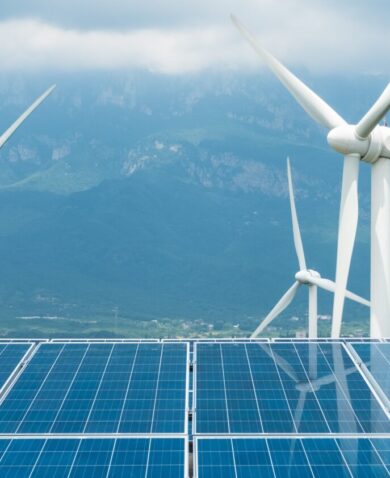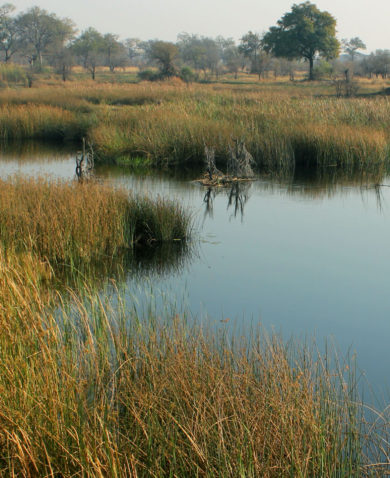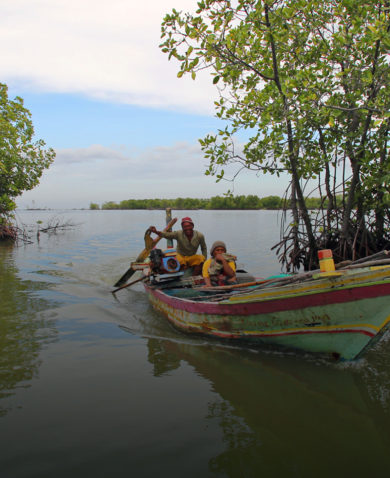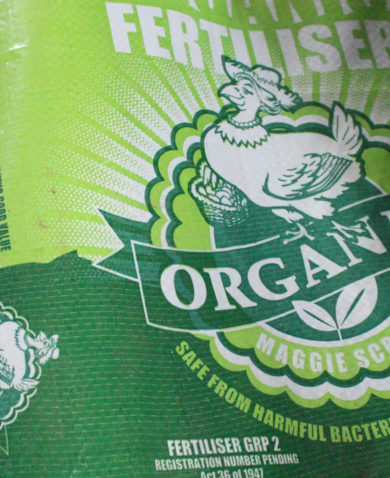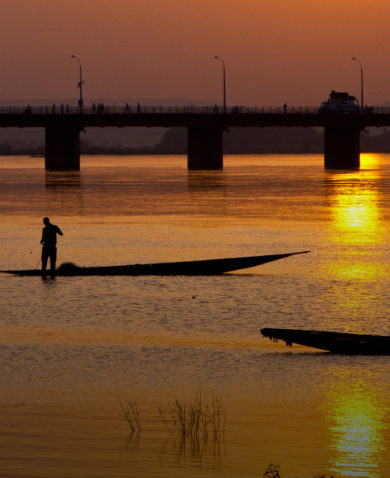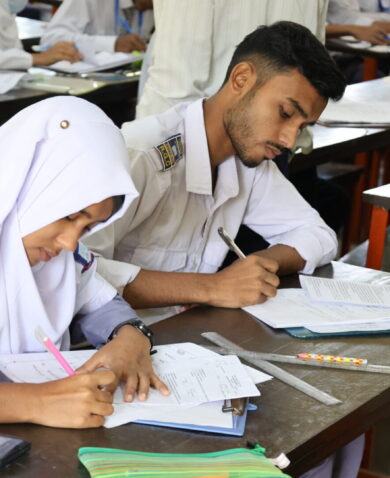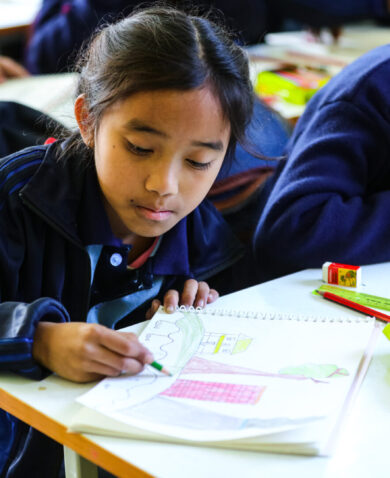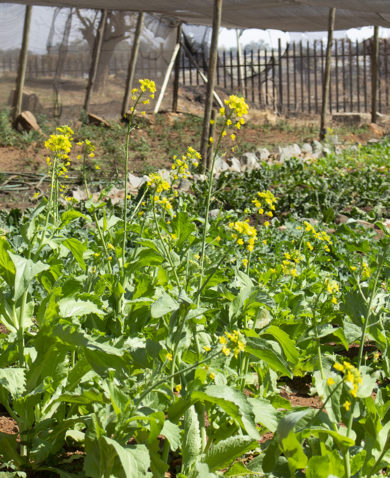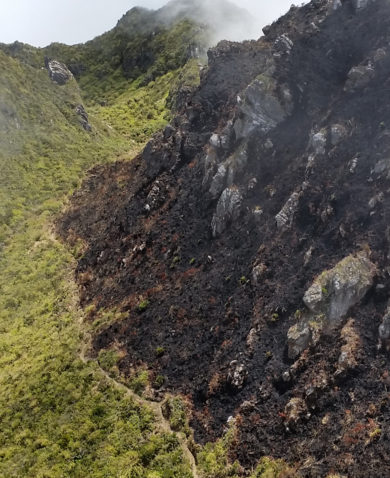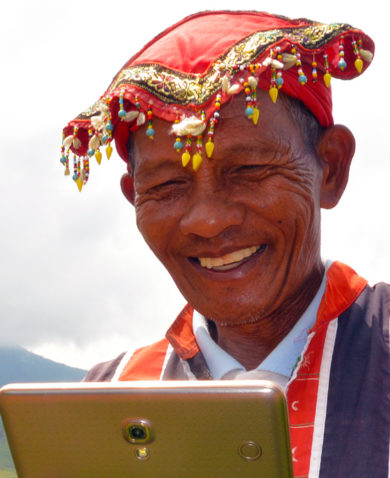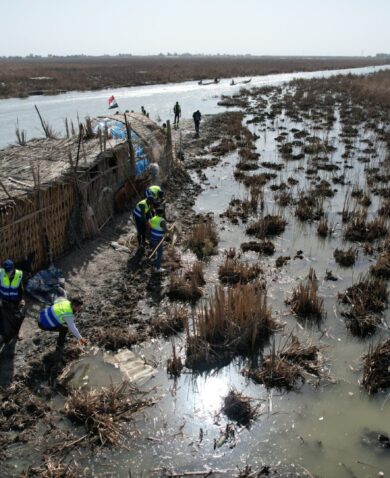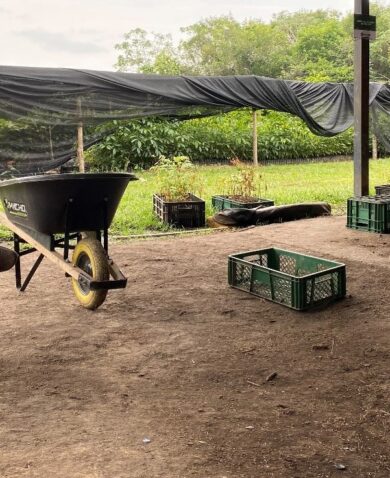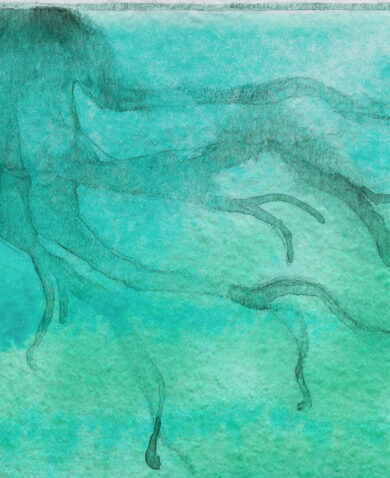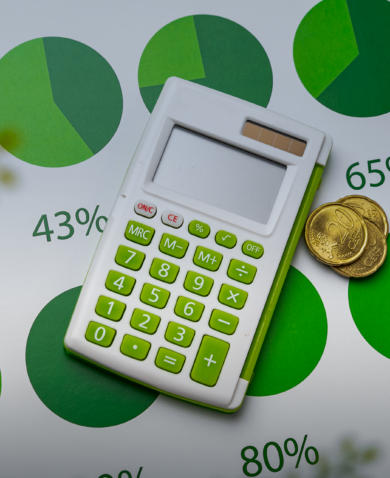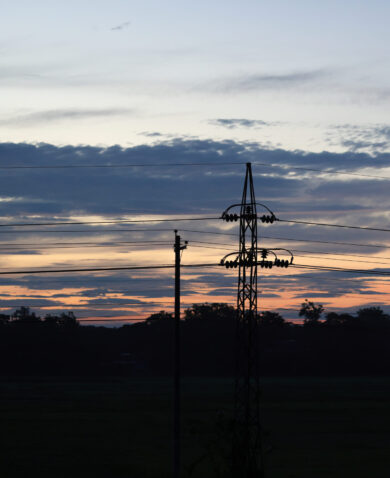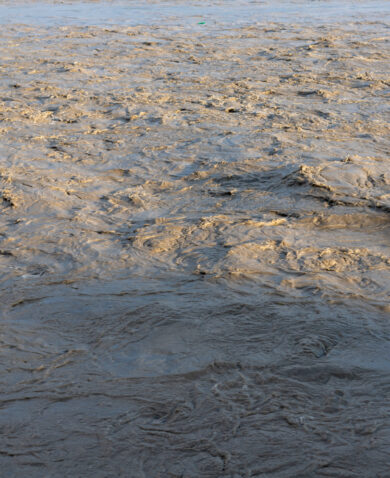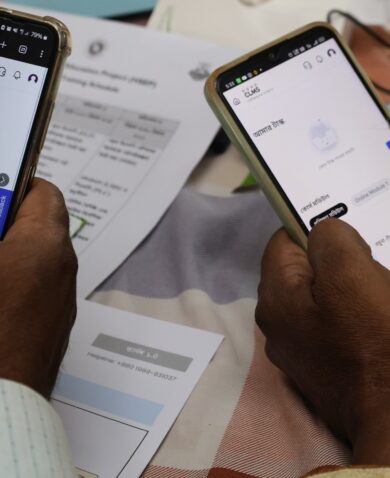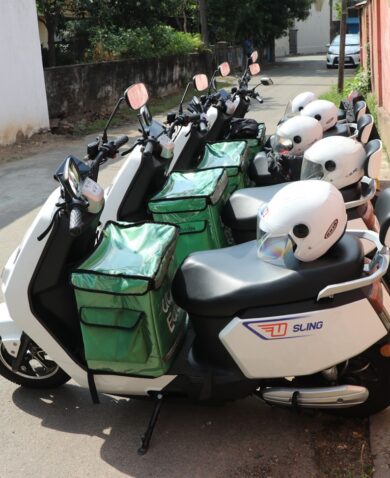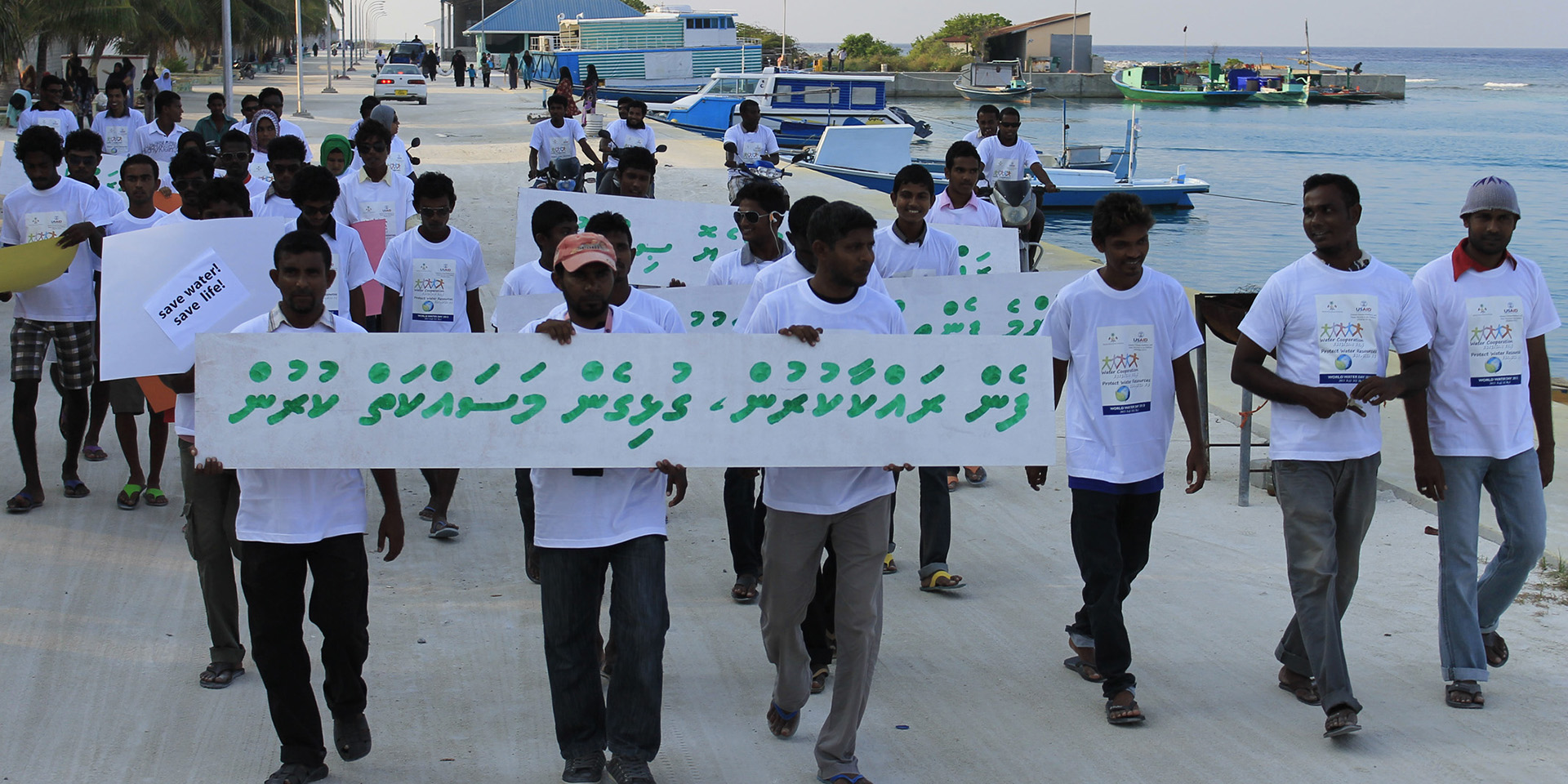
Lessons from a Desert Island for World Environment Day
June 5, 2015 | 3 Minute ReadI will always be impressed as to how 4,000 inhabitants established their community on Hinnavaru—a paragon of desert islands in the Maldives. Hot sand, dust, and scarce vegetation combine to provide scant shade beneath the unrelenting equatorial sun. Somehow, every single vista on this island is overwhelmed by the Indian Ocean. On a recent visit, I felt trapped. The only thing preventing the ocean from swallowing the island up is a meter or two of elevation above the water level.
I visited Hinnavaru last month as part of Chemonics’ work on the Maldives Global Climate Change (GCC) project. Despite having few terrestrial natural resources, Hinnavaru has well-developed infrastructure, including sewer lines and street lamps. The mosque is beautiful. And there are luxuries too, like an ice cream shop, smart boards in the school, and air conditioning. At first glance, you might not realize how hard life can be in Hinnavaru. But then you’ll see things that will shock you, like a resourceful household with a few tiny PVC pipes propped up against it, channeling the gradual drips and drops of condensation from an air conditioning unit into a slowly filling bottle.
The island’s ground water is brackish and contaminated, there are no fresh water sources, and complete dependence on imported bottled water is impractical. As a result, Hinnavaru residents harvest tens of thousands of gallons of rain water from their roofs in the wet season, and hope it lasts them until the end of the dry season. Sure, the contamination from their roofs makes them sick from time to time, but in a water-scarce environment, such are the tradeoffs. And the challenges presented by global climate change will make things worse, not better. According to the UNFCCC’s International Panel on Climate Change (IPCC), wet seasons will be shorter and dry seasons will be longer.
Fortunately, most of the Earth is not a desert island like Hinnavaru. We also have lush forests, adequate spaces for farms to produce food, massive fresh water lakes, rivers, and aquifers, and vast supplies of mineral resources. But between 2011 and 2024, the Earth will add another billion people to its population, bringing the grand total to 8 billion. Africa’s population is even expected to quadruple in the next 90 years. The theme of this year’s World Environment Day—“Seven Billion Dreams. One Planet. Consume with Care”—emphasizes the fact that with each passing year, the resources we have to support our population will be less. We will realize that the Earth is an island of sorts, like Hinnavaru, but it’s the only island we know how to survive on.
We may think that water scarcity is someone else’s problem. Every time you turn the faucet, water comes out. But one day, water may not come out. Imagine the shock. I’m sure the 150,000 residents in the capital of the Maldives, Male, felt the same way after a recent fire destroyed their city’s desalination plant. It left an entire city drinking imported emergency water for two weeks.
An economics professor in college once told me that we will never burn the last of the fossil fuels, because economic pricing won’t permit it, because the last gallon of gasoline will just be too expensive for anyone in their right mind to purchase. We’ll find something else first. But at what cost are humans willing to pay for gasoline when there isn’t a clear alternative? The Maldives spends roughly one-third of its GDP on the importation and processing of fossil fuels, for running vehicles, producing electricity, and desalinating seawater. What else could this money be used for?
When Hinnavaru first ran out of space for their population and infrastructure, they pumped sand from the bottom of the ocean to triple the size of their island in a massive land reclamation project. When Male had no water for 150,000 people, the international community was there to help them with aid and bottled water. But these aren’t solutions: they are as sustainable as band-aids, and their cost is enormous. And as our population rises and resources are consumed, eventually the Earth will have no more space, and no one to help us.
Seeing the challenges in Hinnavaru taught me an important lesson: you can’t drink money on a desert island. We need to plan ahead. We need to become more resourceful, like that household harvesting water from air conditioning condensation. The earth resembles an island, only at greater scale than Hinnavaru. Let’s learn from it and not let it become barren!



